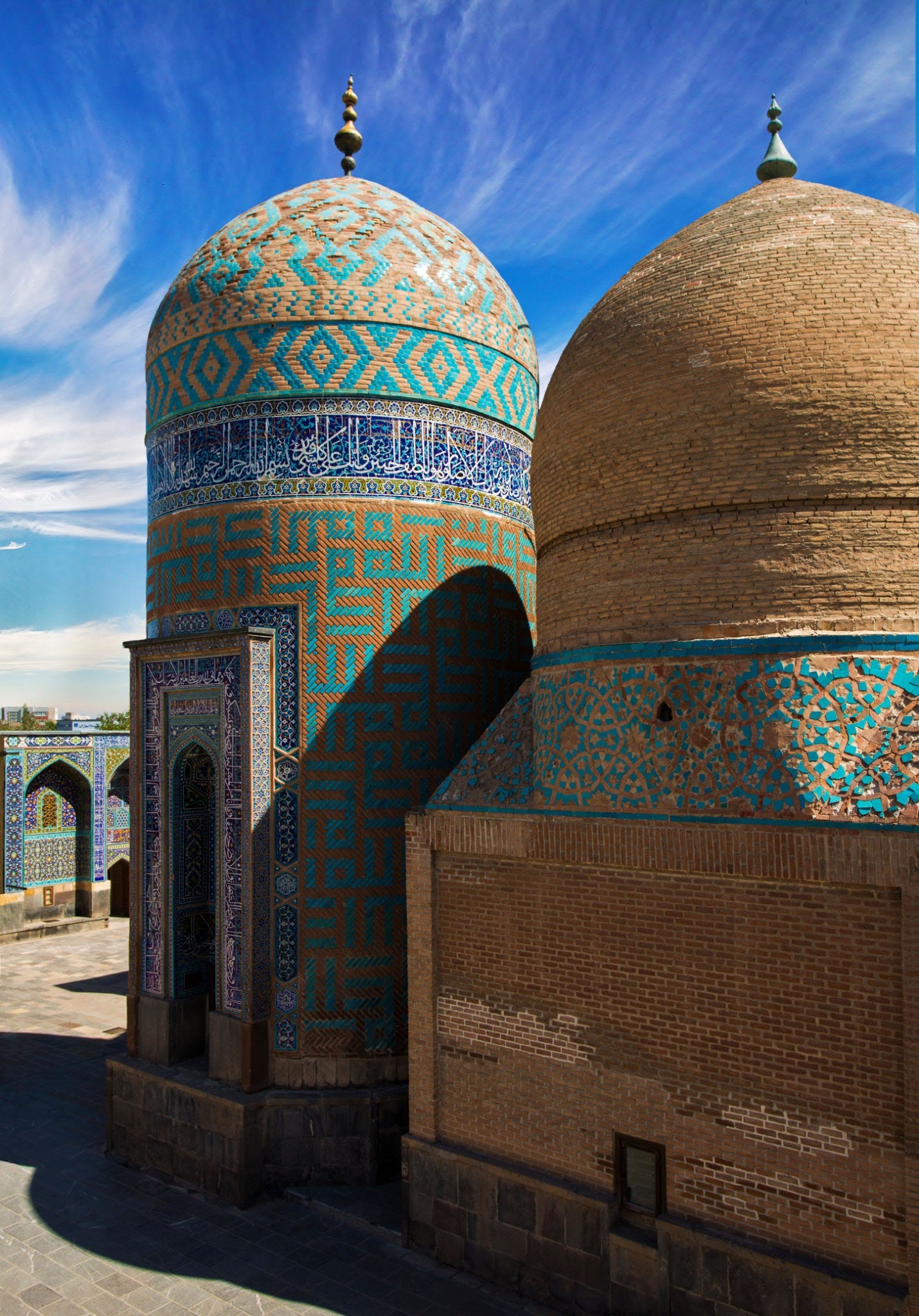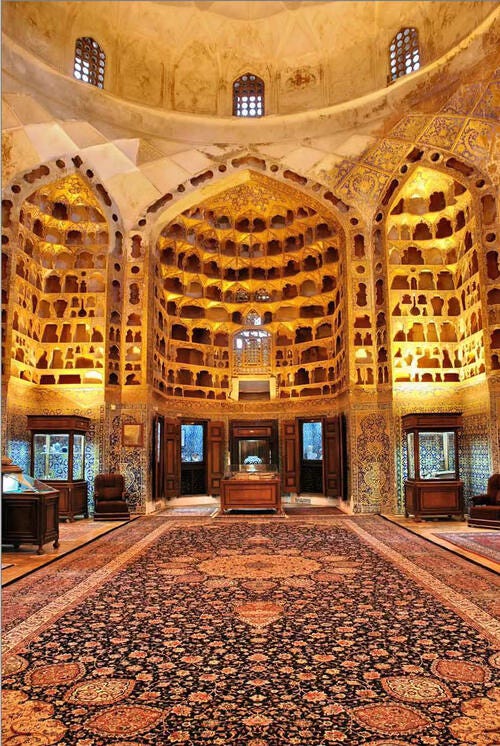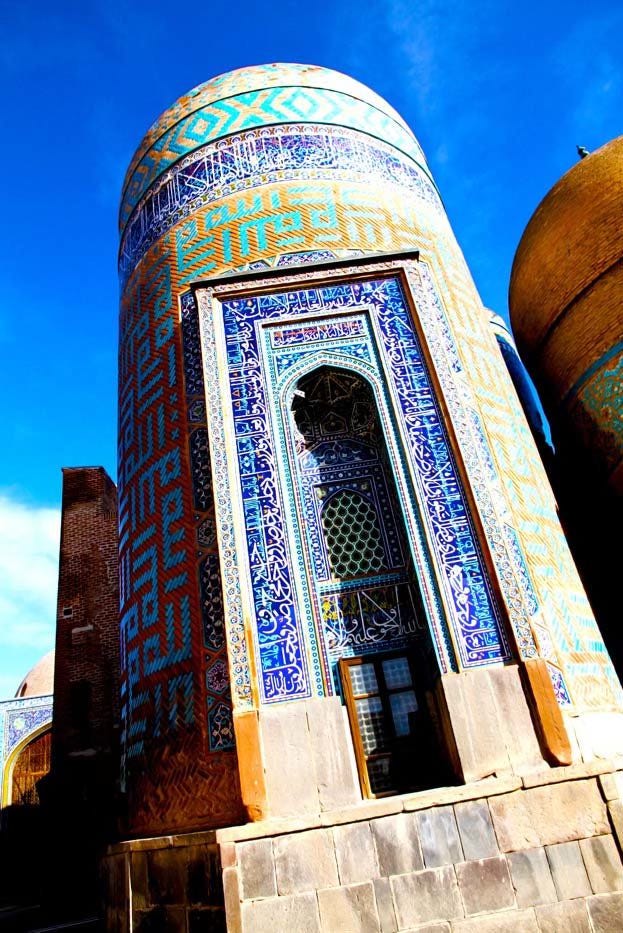Sheikh Safi al-Din Shrine: A Journey into the Heart of Safavid Spirituality
Discover the Intersection of History, Mysticism, and Culture at this UNESCO World Heritage Site
Nestled in the city of Ardabil, in northwestern Iran, lies a sanctuary of profound historical and spiritual significance: the Sheikh Safi al-Din Khanegah and Shrine Ensemble. This sprawling complex, a UNESCO World Heritage site, is more than just a feat of traditional Iranian architecture; it is a testament to a legacy that shaped the very course of Iranian history and spirituality. For centuries, this sacred space has been a beacon for those on a spiritual journey, a place where the earthly and the divine intertwine.
Constructed over a period spanning from the early 16th to the late 18th centuries, the ensemble was designed to be a self-sufficient center for Sufi spiritual retreat. It is a microcosm of a traditional Iranian city, housing a library, mosque, school, mausolea, cistern, hospital, kitchens, bakery, and various offices. At its heart lies the tomb of Sheikh Safi al-Din, a revered mystic and the progenitor of the Safavid dynasty, which ruled Iran for over two centuries and established Shia Islam as the state religion.
The journey to the Sheikh’s shrine is a symbolic one, mirroring the path of Sufi mysticism. It is a route divided into seven segments, representing the seven stages of spiritual enlightenment, and guarded by eight gates, each signifying one of the eight attitudes of Sufism. This architectural design is a physical manifestation of the spiritual journey that every devotee undertakes.
Beyond its spiritual significance, the shrine is a treasure trove of cultural and historical artefacts. The Chinikhaneh, a magnificent 400-year-old hall, is a sight to behold. It houses a breathtaking collection of over 1,200 pieces of blue and white porcelain, gifted by Chinese emperors to Shah Abbas I. This collection is not only a testament to the aesthetic tastes of the Safavid rulers but also a symbol of the flourishing cultural and economic ties between Iran and the Far East along the legendary Silk Road.
Another precious artifact housed within the complex is a 700-year-old cloak worn by Sheikh Safi himself. This garment is not merely a piece of clothing; it is a symbol of spiritual transmission and the continuity of a sacred lineage. The ensemble also serves as the final resting place for the martyred generals of the Battle of Chaldiran. Buried here by the order of Shah Ismail I, the founder of the Safavid dynasty, their tombs are a poignant reminder of sacrifice, resistance, and the enduring spirit of the Iranian people.
The Sheikh Safi al-Din Shrine is a rare and remarkable example of medieval Islamic architecture, with its richly ornamented facades and interiors preserved in stunning detail. It is a place where history, mysticism, and culture converge, offering visitors a glimpse into the spiritual heart of Iran. A journey to this sacred site is not just a historical excursion; it is a pilgrimage to the soul of a nation.




